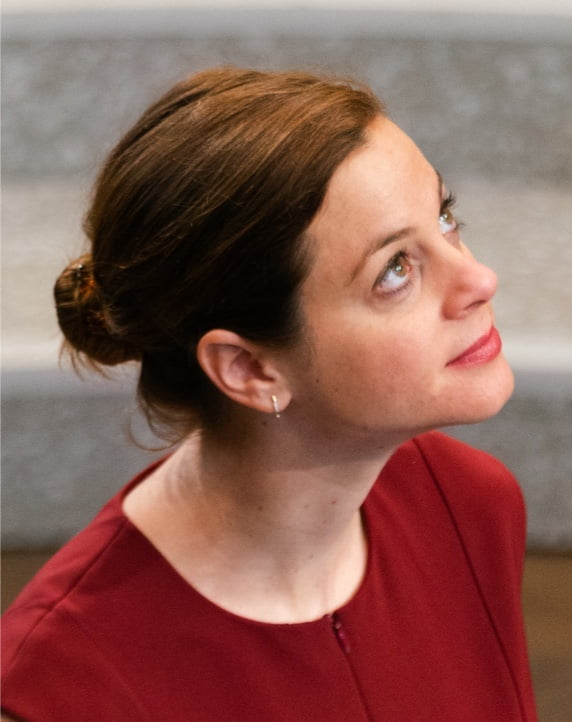Don'twasteyour
resources,time,andenergy
onpoorlyselectedandmanagedprojects.






Indeed, $1,000,000 is wasted
every 20 seconds collectively
by organisations worldwide due to
poor project selection
and management practices.


In a context of almost constant change, successfully completing your projects is essential.
Your projects are
an indispensable source of value for your company.
When used effectively, they transform the economic engine of your company.
They accelerate your reorganisation, product development, and the integration of the technologies you need.
Createvalueforyourcompany
throughoptimalprojectmanagement.


Relevant
projects


Winning
projects


Value
more quickly

Our added value
Your projects are strategically aligned.
01.
You control their progress.
02.
You obtain benefits more quickly.
03.
Project management
By Ad Valoris
Our comprehensive guide
Too many companies accumulate projects without finishing them.
Resources are wasted, opportunities are missed, and strategic priorities are not addressed.
Administrative costs skyrocket, the human factor is neglected, and deadlines are extended.
Don’t let inadequate project management hinder your success.
Opt for effective and adaptive project management,
and watch your company
gain agility and competitiveness.
Let's talk clearly!
5 reasons to choose Project management by Ad Valoris
1. Everything is clarified from the start. You sort and launch your projects efficiently.
2. No unnecessary bureaucracy, but clear and understandable progress reports.
3. You keep control and make the right decisions at the right times.
4. You achieve results well before the project ends.
5. Your projects become simpler and more effective.






Our solutions for this service
To learn more
An interview with Antonio Nieto-Rodriguez by Ad Valoris
Interview with Antonio Nieto-Rodriguez, project management specialist...









